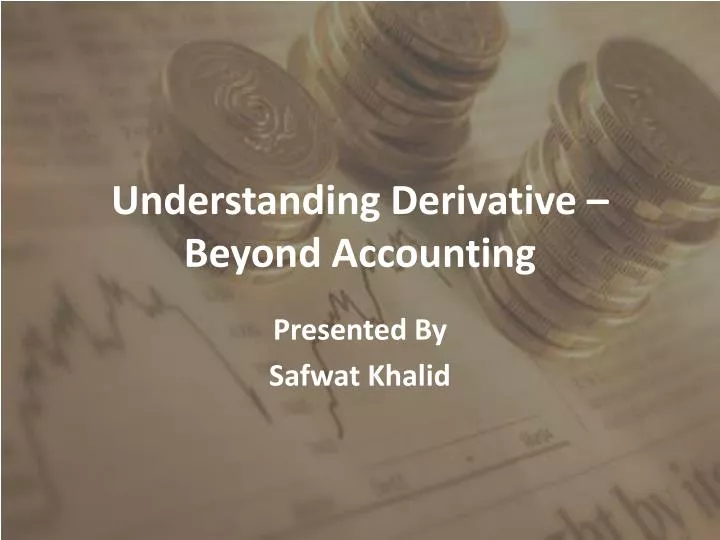

The bird found its way back to its nest 13.5 days after release. Which trips, if any, have the same average x-velocity? For which trip, if any, is the average x-velocity equal to zero? 4, 1, 3, 5, 2 1, 3 5ġ0 Practice 2.2 In an experiment, a shearwater (a seabird) was taken from its nest, flown 5150 km away, and released. Rank the five trips in order of average x-velocity from most positive to most negative. E travels 20 km due west, then turns around and travels 20 km due east. B travels 50 km due west C travels 60 km due east, then turns around and travels 10 km due west D travels 70 km due east. Note: you can choose any way as +.Ĩ P-T graph of the car ∆x ∆t Slope = vav-x t (s) X (m) x1 = 19mĮach of the following automobile trips takes one hour. Position at t2 = 4.0 s Position at t1 = 1.0 s +displacement x2 = 277 m x1 = 19 m What is the average velocity of the car? vav-x = (277 m – 19 m) / (4.0 s – 1.0 s) = 86 m/s The average velocity is positive because it is moving in the positive direction. but because he swam four lengths in a 25 meter pool, he started and ended at the same point and he had zero total displacement and zero average velocity!ħ example What is the average velocity of the car? average velocity When Alexander Popov set a world record in 1994 by swimming m in sec, his average speed was (100.0 m) / (46.74 s) = m/s. Average x-speed: the distance traveled ∆s divided by the time interval ∆t. ĭistance: length of the path, it depends on the path. ∆x = x2 – x1 Time: change in time ∆t = t2 – t1 Average x-velocity: the displacement, ∆x, divided by the time interval ∆t. To define and differentiate average and instantaneous linear velocity To define and differentiate average and instantaneous linear acceleration To explore applications of straight-line motion with constant acceleration To examine freely falling bodies To consider straight-line motion with varying accelerationĤ 2.1 Displacement, time, and the average velocityĥ Displacement: change in position, it is a vector quantityĭisplacement: change in position, it is a vector quantity. 1 9/15 do now Finish chapter 1 test Homework: 2.1, 2.3, 2.5, 2.7ģ Goals for Chapter 2 To study motion along a straight line


 0 kommentar(er)
0 kommentar(er)
